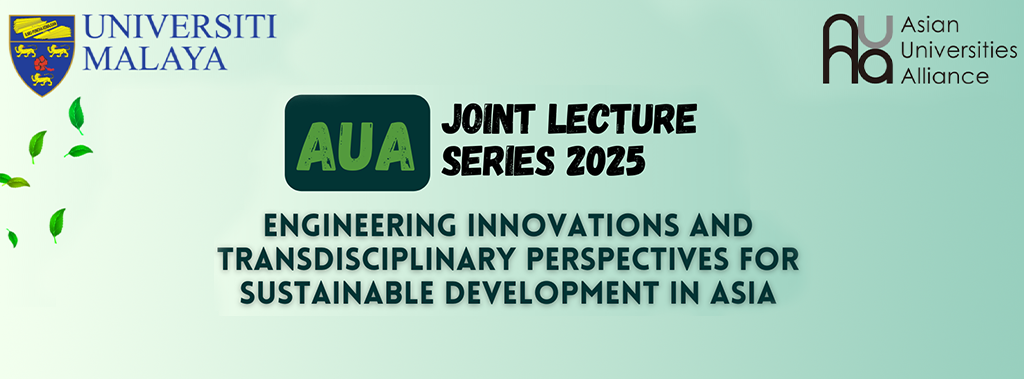Theme:
Energy System Transformation for the Developing World
Professor:
Professor Sangook Park, Department of Science Studies, Seoul National University
Date: 1 December 2022 (Thursday)
Time: 18:00-19:30 (UTC+8)
Main points:
1. The Importance of Energy System Transformation for the Developing World
2. Energy Systems in detail and difficulties of transformation
3. Social and economic development issues
Summary:
At the beginning of the lecture, Prof. Sangook Park pointed out the importance of renewable energy transformation in developing countries, especially in East Asia. He claimed that his study linked energy system transformation and the developing world to solving energy issues. First, he discussed energy trends and introduced the changes in energy usage in the United States. The presented figure showed a decline in wood and coal usage but an increase in oil and natural gas consumption. In the future, Prof. Park predicted that the new energy source transformation would be related to hydrogen or batteries.
The energy system is vital to our society as it shapes the world. The socio-technical energy system covers industries, infrastructure, institutions, organizational routines, and people's behavior. Prof. Park explained this system in detail, containing broad perspectives and multi-level transitions: landscape development, socio-technical regimes, and technological niches.
However, the system transition is a complex issue. Additional resources are required, but getting them costs money, time, and effort. Considering all the renewable energy technology options, each has its advantages and disadvantages. There are three types of wind power: on-shore, shallow offshore, and deep offshore. It is unstable and highly dependent on sites, using HVDC to transfer electricity. Solar photovoltaic is noiseless and easy to install, but it is expensive and relies on the weather. Geothermal can combine heat and power, but it can only be built near volcanos. The use of biofuel is controversial because it requires crops to generate energy, while some countries suffer from hunger. Tides and waves may also be unstable or cause environmental damage. Hydrogen is used only in developed countries such as Japan and Korea because it is costly and requires an adequate infrastructural investment.
Prof. Park also introduced various methods to change energy sources from fossil fuels to renewable energies such as wind and solar power. To develop sustainable road transportation, action should be taken in many fields, including charging infrastructure.
Some might argue that the future of energy is too idealistic to be true. Prof. Park demonstrated that people are used to fossil fuels and are reluctant to abandon them since it is cheap, reliable, and safe. Thus, more scientific strategies should be considered. As five of seventeen sustainable development goals (SDGs) are related to energy, including Goal 7: affordable and clean energy, Prof. Park summarized three main dimensions of sustainable development. First, the economic dimension is to produce goods and services to avoid extreme sectoral imbalances. Second, the environmental one is to avoid the over-exploitation of renewable resource systems. Third, the social dimension is to achieve distributional equity.
Social and economic development is still significant in developing countries, particularly in poverty reduction and public health. There are problems such as insufficient technological capabilities and financial capital, as well as the lack of industrial competence and public acceptance. However, opportunities coexist with weaknesses. For example, building infrastructure in developing countries is easier than transforming old infrastructure. In addition, developed countries are keen to help the developing world, for instance, through official development assistance (ODA) for technologies, infrastructure, and projected-based mechanisms. It is a win-win strategy that offers new industrial opportunities.
(The summary is written by student assistant Li Xinyue.)
*The views and opinions expressed in this lecture series are those of the guest lecturers. They do not purport to reflect the opinions or views of the AUA or its members or its Secretariat.

